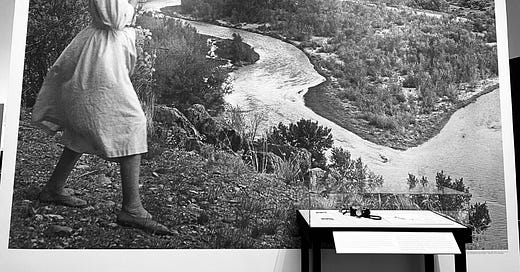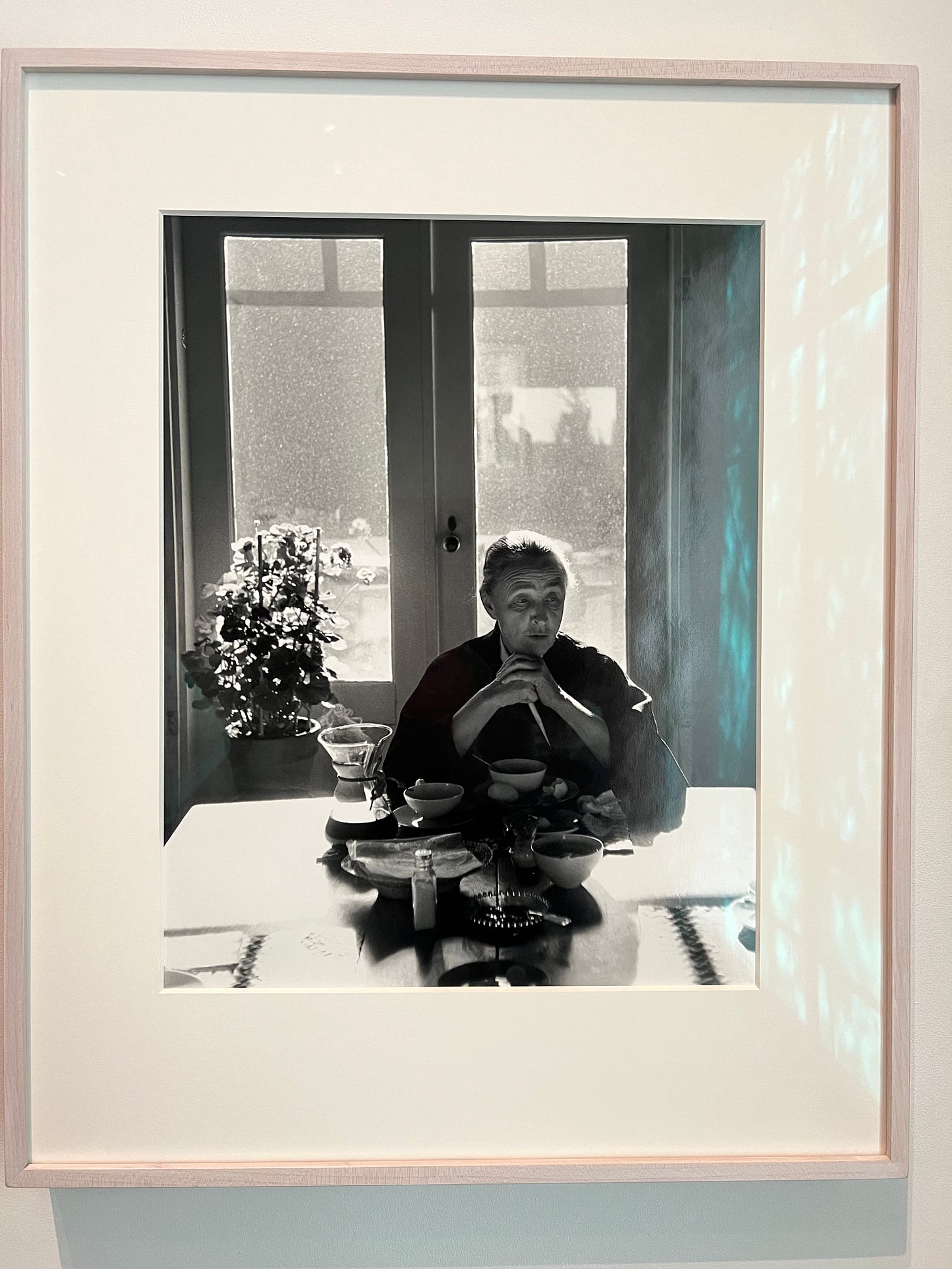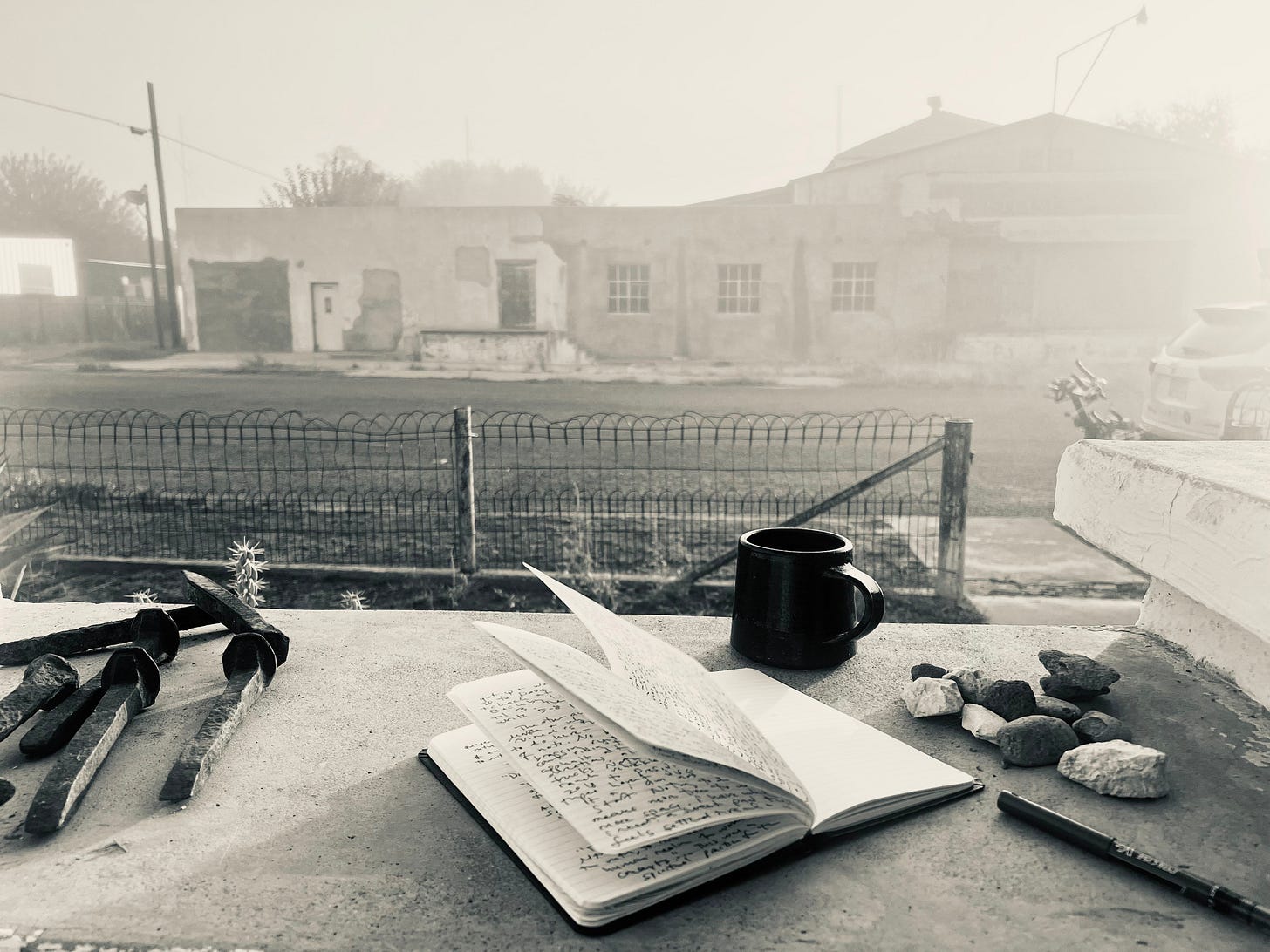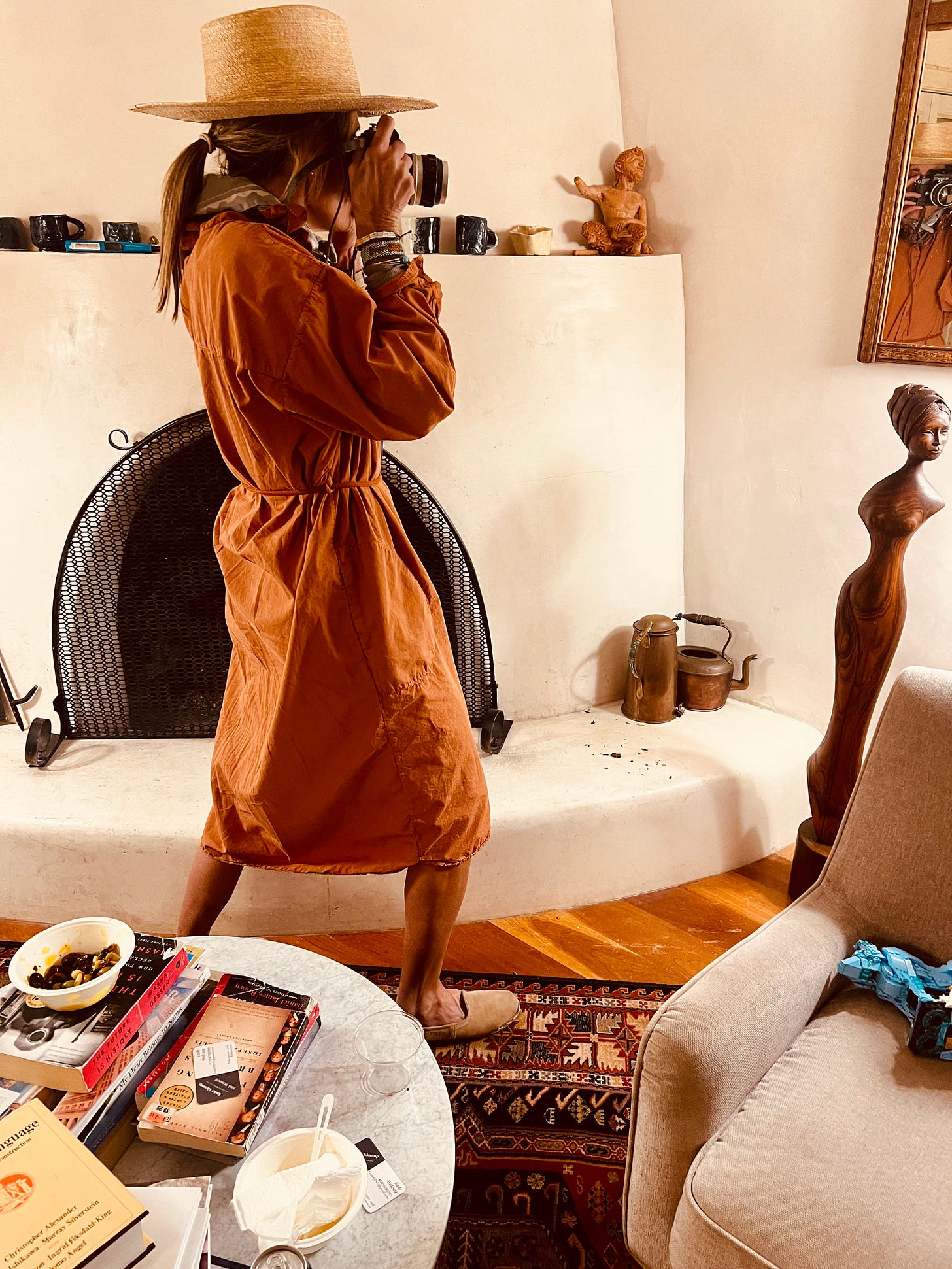A couple of days ago, I had a birthday. I turned 53. That number looks alarmingly large when I write it here, but in truth, I’ve never been younger.
I don’t mean I’ve never felt younger, though I do feel young. My body’s not as creaky as it was a year ago. My running’s more fluid, and I can almost walk the length of our 30-foot slack line without falling off. In August, I rode my mountain bike 100 miles at over 10,000 feet and woke up the next morning and could almost have done it again. These things are true at the same time that for the past week, I’ve felt half-dead from allergies.
No, what I mean is I’ve never been so young. I’ve never been 53 years old and 1 day. Tomorrow I will be 53 years old and two days. See what I mean? This moment right now is the youngest I’ve ever been. And next week I’ll also be younger than I’ve ever been.
A few years ago, a week after my 50th birthday, I ran a trail marathon near Cuba, New Mexico. The Deadman Peaks marathon covers 26.2 miles at 7,000 feet along the Continental Divide. There were sections of slick rock and sandy arroyos, very little shade, plastic skeletons propped in the dirt at trail junctions, and enormous views. A year before that, I’d run the 50K course. I was 49. Now I was 50, and when I crossed the finish line in first place, I thought, I’ve never been this fast. Certainly I’d run faster trail marathons, but I’d never run a speedier marathon at 50 years and one week as I did that day.
When I try to explain it, it sounds weird and nonsensical, like one of those anti-aging gurus or longevity influencers pushing product. But inside it makes total sense. When I told M my therapist, he smiled sagely and said, “Yes, but some people might say you’ve never been this old.”
I cocked my head. That made no sense, but if I used a certain part of my brain—the logical, linear part—I could see how you might think that. We age up: Once I was one second old; once I was six. Now I am 53. Objectively I am older than I was, but if time is infinite, in each moment I’ll always be the youngest I’ve ever been.
Later that day, my mother called to wish me happy birthday. I told her what I’d told M. “Oh, I know!” she exclaimed happily, without me having to explain. “I feel exactly the same way!”
Age isn’t a number, it’s a state of mind: Today is the first day of the rest of your life. And time doesn’t go in one direction, running out, getting smaller as our numbers get bigger. It gets fuller, too, full of all the moments we’ve ever lived, with room for all the ones still to come—moving toward a sum so vast it’s incomprehensible. By comparison, we are brief flashings, mere babies.
At Flow Camp, in September, I accidentally kept addressing the accomplished 40- and 50-something women in our group as “girls.” I didn’t do this flippantly: They are deserving of enormous respect. But together in the mountains, away from the roles we’d sought or assumed or been assigned, we were free to be the wild, irrepressible girls we’d once been—and, inside, still are.
Later on my birthday, I biked to the Georgia O’Keeffe Museum, drawn in by the exhibit called “Making a Life.” The museum was crowded; mostly-older women outnumbered somewhat-older men by at least 7 to 1. It was not so busy, though, that I couldn’t take my time, perusing O’Keeffe’s famous flowers and mesas; her black doorways against earthy adobes; and canvases of white clouds floating in an upside-down sea of sky. There were portraits of the iconic artist made by her husband, the New York photographer Alfred Stieglitz, revealing a flint-eyed O’Keeffe growing ever more unflinching and weathered by the decade.
The art was marvelous, alive, ever-changing, but I’d guess that the reason the women in the room had come had only 30 percent to do with the paintings, and 70 percent to do with the artist and what she represented: originality, independence, creativity.
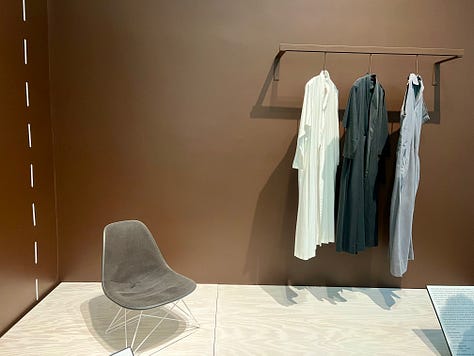
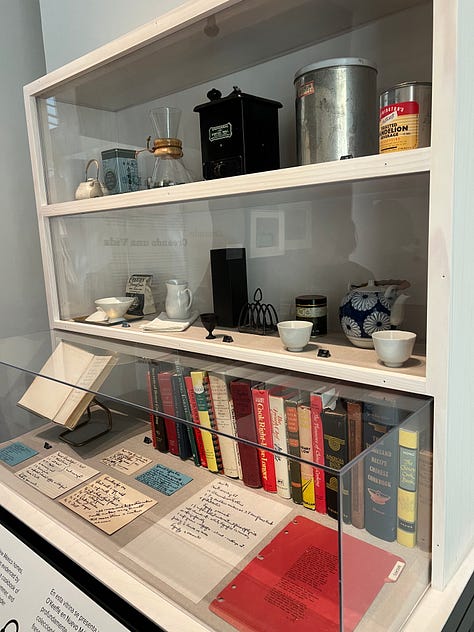
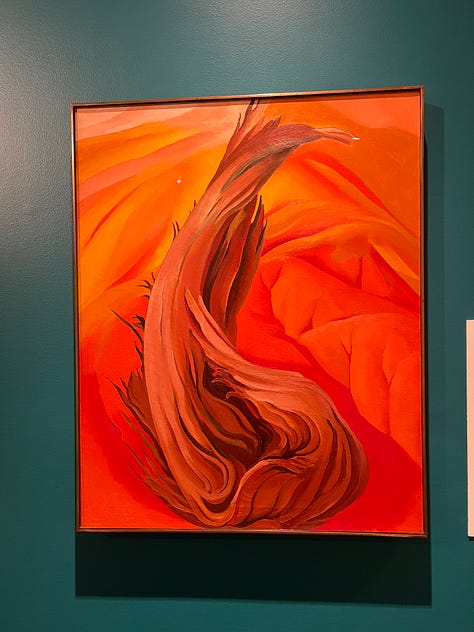
In many of the photographs, O’Keeffe looked older than her chronological age: deep lines carved her face like the canyons she rambled, collecting rocks and bones. And yet there was a curiosity and willfulness about her bearing and being that made her appear far younger.
Time was an illusion, the exhibit seemed to be saying. The redrock mesas O’Keeffe painted took millions of years to form, while the artist sitting at her breakfast table with a steaming carafe of tea represented a mere moment. Captured on film, though, it felt just as timeless.
Taking up one whole wall in the biggest gallery was an enormous black-and-white photograph of O’Keeffe, perched above the twisting channel of the Rio Chama with a camera in her hand. It was from the 1950s, when O’Keeffe was in her 60s. Her face is hidden in profile, and yet her wide-legged stance is sprightly and young, as though she’s about to burst forward across the frame.
I’m not suggesting that we fake acting—or looking—young. It’s inevitable: There will be days when we feel crumbly and ancient, when we fall off our bike or need a nap by noon, but if we think of time as infinite, as a sky without end, we’ll always be younger than we’ve ever been.
Come experience the vast desert landscape with us at Desert Flow Camp, February 12-16, 2025 at Willow House in far west Texas.
Desert Flow Camp is a chance to rediscover your original, timeless self and explore daily practices that help us bring more creativity, wonder, energy, and inspiration into our everyday lives. Our days will consist of trail running and hiking the expansive trails of Big Bend National and State parks, guided writing sessions, flow yoga, morning meditation, nature-bathing, dark skies, delicious meals, and friendship that will last long after Flow Camp ends. Registration for this coed retreat is by application—fill out the form below to see if Flow Camp is the right fit for you.
BE the flow,
xo katie


